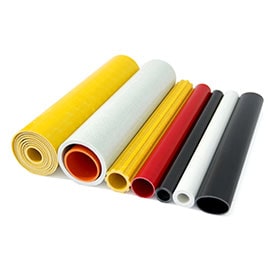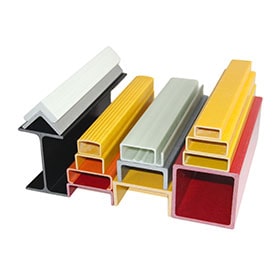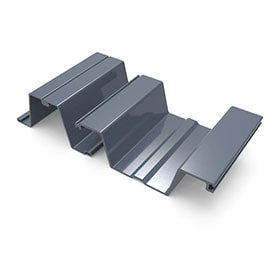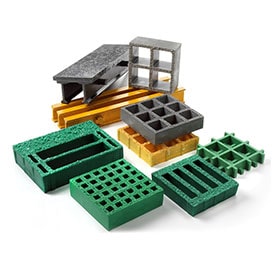Types of Fiberglass Profiles for Ladder and Hand Railing Systems
There are different types of fiberglass profiles that can be used for ladder and hand railing systems, depending on the design, function and environment. Some of the common types are:
Square tube profiles: These are used as posts or supports for the handrail system. They can have different dimensions and wall thicknesses to suit the load and span requirements. They can also be connected with fittings or brackets to form various configurations.
C section profiles: These are used as intermediate rails or kick plates for the handrail system. They can have different heights and widths to provide protection and stability. They can also be cut or drilled to fit the desired length or angle.
Tube profiles: These are used as connectors or spacers for the handrail system. They can have different diameters and lengths to join or separate the handrail profiles or other components. They can also be bent or curved to create smooth transitions or corners.
Skirting profiles: These are used as decorative or protective elements for the handrail system. They can have different widths and thicknesses to cover the edges or gaps of the handrail system. They can also have different textures or patterns to enhance the appearance or functionality.
Benefits of Fiberglass Profiles for Ladder and Hand Railing Systems
Fiberglass profiles offer many benefits for ladder and hand railing systems, such as:
Safety: Fiberglass profiles are non-conductive, fire-retardant, slip-resistant and impact-resistant, which reduce the risk of electric shock, fire, fall or injury.
Durability: Fiberglass profiles are resistant to corrosion, UV rays, moisture, chemicals and temperature changes, which extend their service life and performance.
Light weight: Fiberglass profiles are lighter than metal or wood profiles, which reduce the installation cost and time, as well as the structural load.
Low maintenance: Fiberglass profiles do not require painting, coating or galvanizing, which save money and labor.
Aesthetics: Fiberglass profiles can have different colors, finishes and shapes, which create a pleasing and harmonious look.
 +86 15303735673
+86 15303735673 Jessica@frpzs.com
Jessica@frpzs.com
 Technical Data
Technical Data











